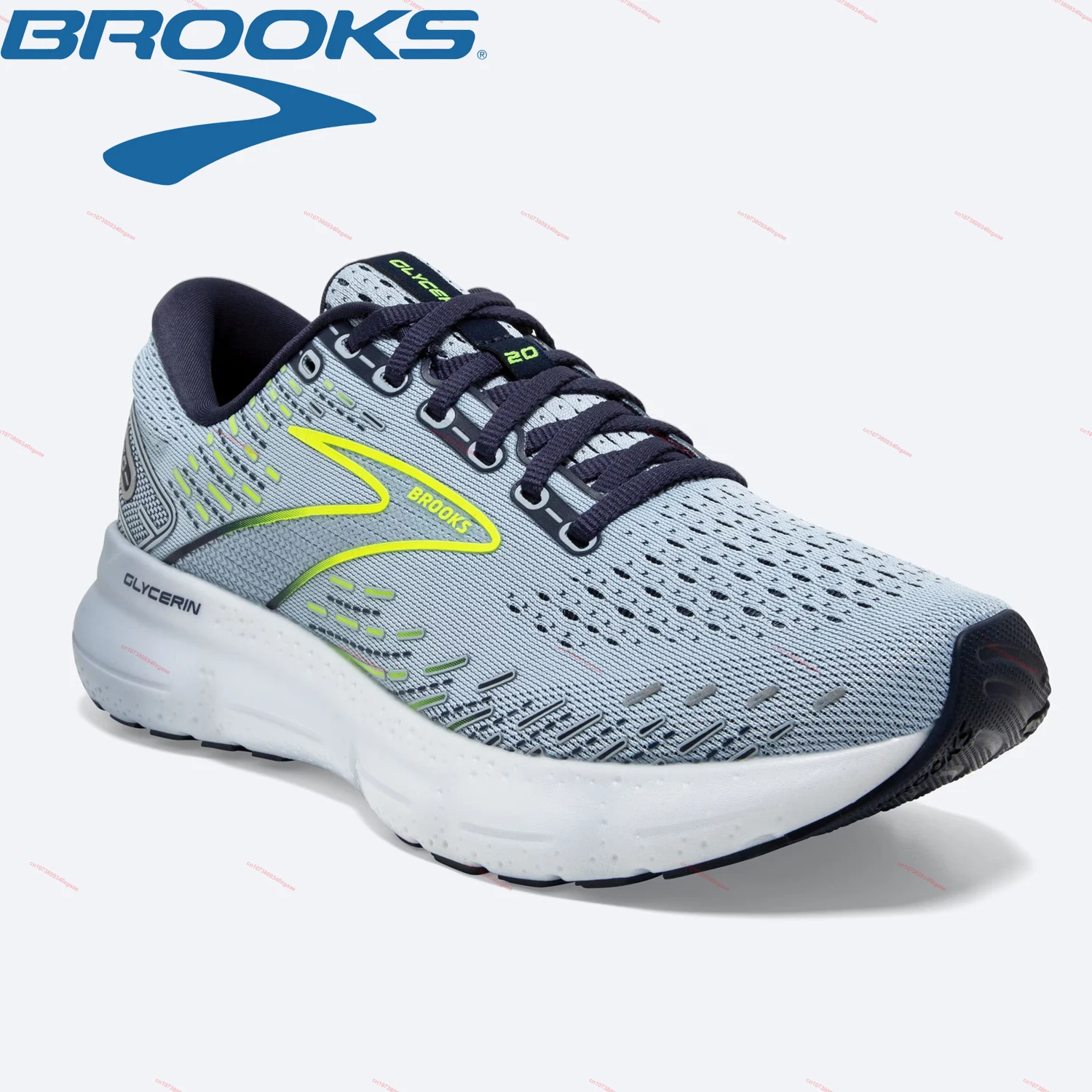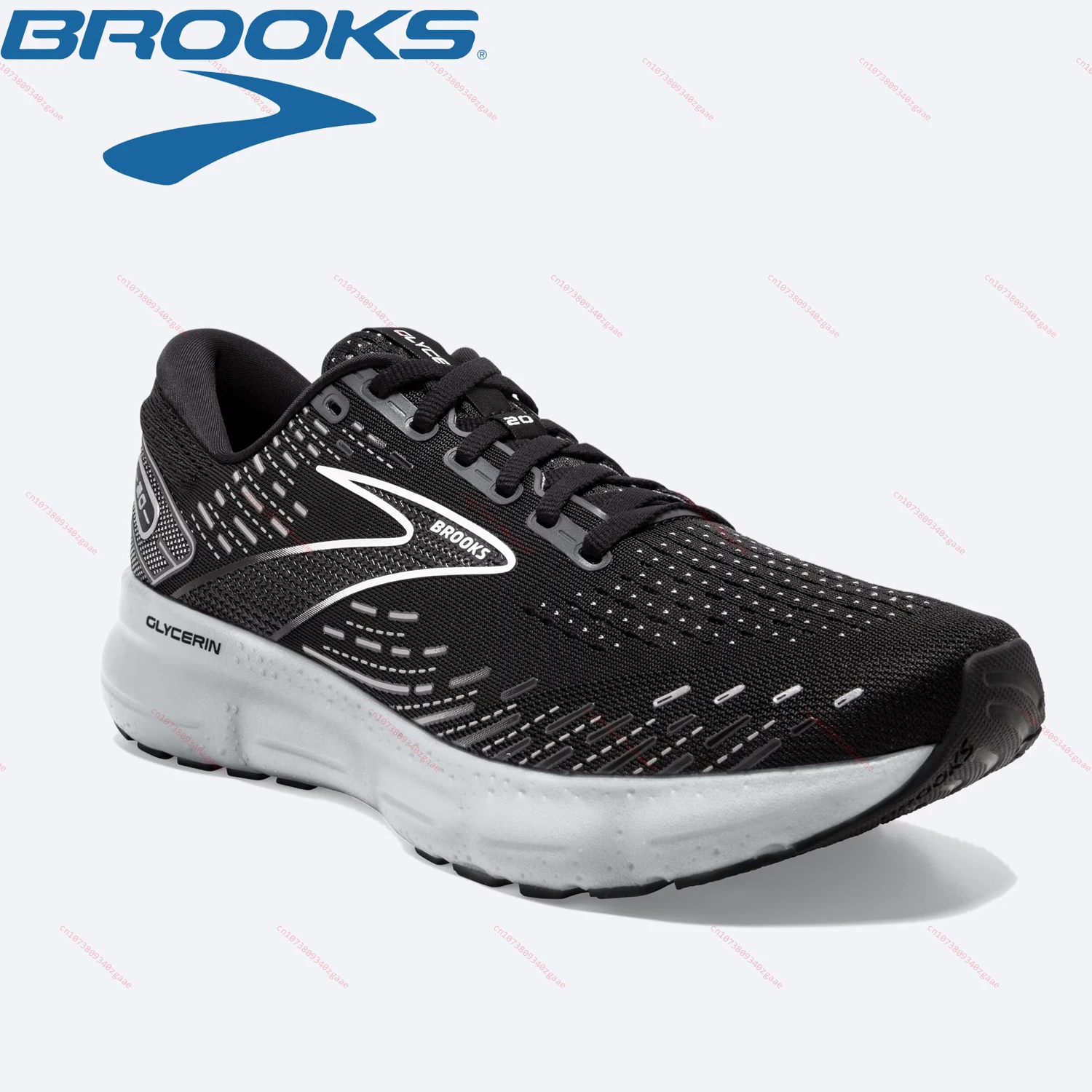How does running use different muscles than walking?
Running and walking are both forms of exercise that can provide numerous health benefits. However, these activities engage different muscle groups in varying ways due to the distinct biomechanics involved.
Lower Body:
- Running: Running requires more forceful propulsion from the legs, engaging the quadriceps, hamstrings, and calves more actively. The impact forces also stimulate bone density in the lower extremities.
- Walking: Walking involves a less intense leg motion, primarily activating the quadriceps and hamstrings, but to a lesser extent than running.
Upper Body:
- Running: Running stimulates the upper body muscles, particularly the core muscles, to maintain balance and posture. The arms are also used for propulsion and stabilization.
- Walking: Walking engages the upper body muscles less significantly, primarily activating the shoulder and arm muscles for arm swing.
Other Muscles:
- Running: Running requires activation of stabilizing muscles throughout the body, such as the glutes and hip muscles, to maintain coordination and prevent injuries.
- Walking: Walking also engages stabilizing muscles, but to a lesser extent.
Conclusion:
While both running and walking are beneficial, they differ in their muscle engagement patterns. Running activates a wider range of muscles, particularly in the lower body and core, while walking is a less strenuous activity that primarily targets the legs. Understanding these differences can help individuals tailor their exercise routines to specific muscle groups and fitness goals.
Related Questions:
- What muscles are primarily engaged in running?
- Quadriceps, hamstrings, calves, core muscles
- How does running differ from walking in terms of upper body muscle activation?
- Running involves more significant upper body muscle engagement, while walking has a lesser impact.
- What stabilizing muscles are activated during running?
- Glutes, hip muscles
- Why is running better for building leg strength than walking?
- Running requires more forceful leg propulsion, stimulating muscle growth in the quadriceps, hamstrings, and calves.
- How can I strengthen my stabilizing muscles while running?
- Incorporate exercises like squats, lunges, and plank into your routine.
Related Hot Sale Products:
- Brooks Running Shoes
- Nike Running Apparel
- Garmin Running Watch
- BodyBoss Home Gym
- Hydralyte Electrolyte Drink
Pre:How fast is Deku
Next:Do professional sprinters wear socks when competing



















